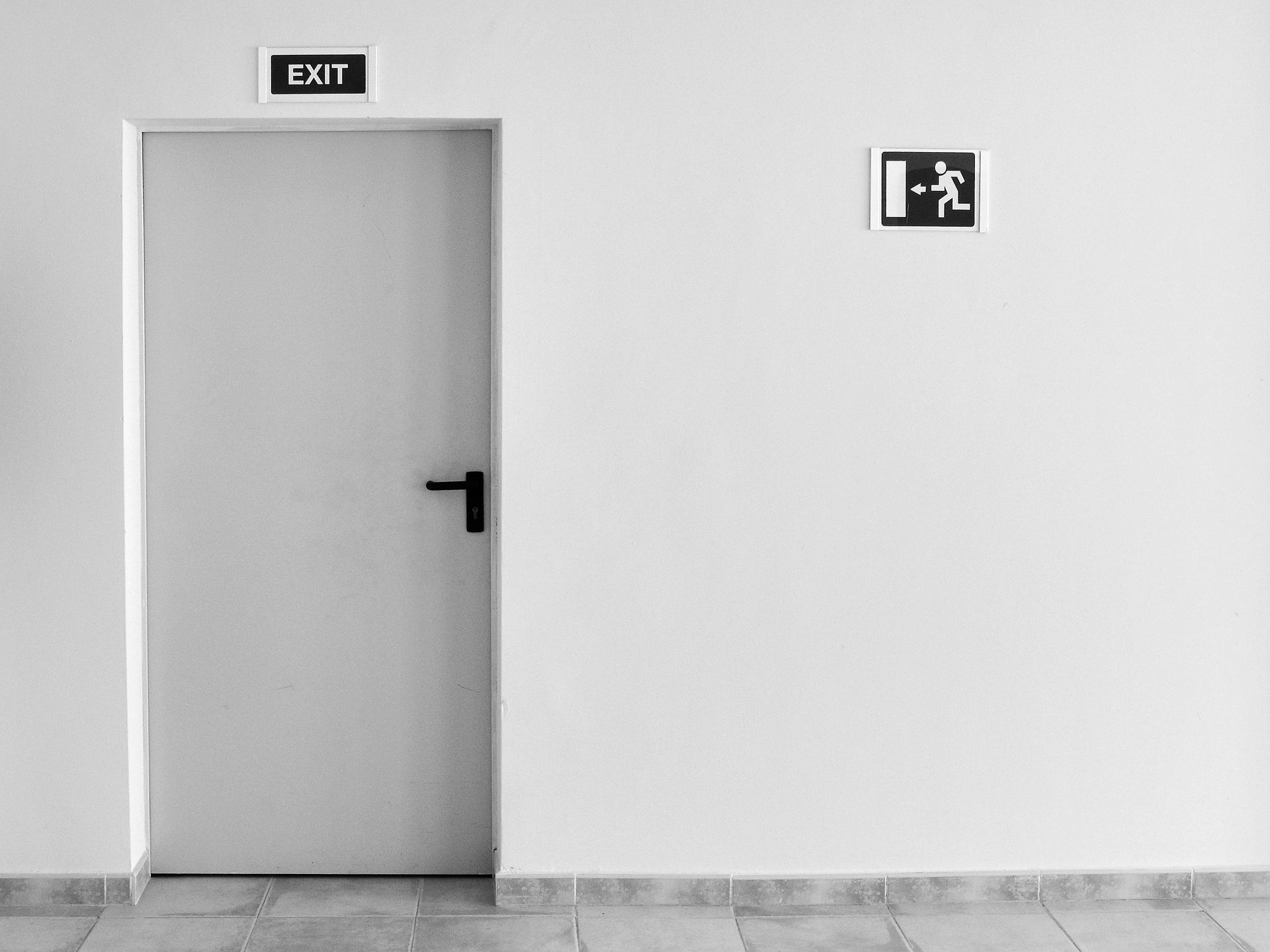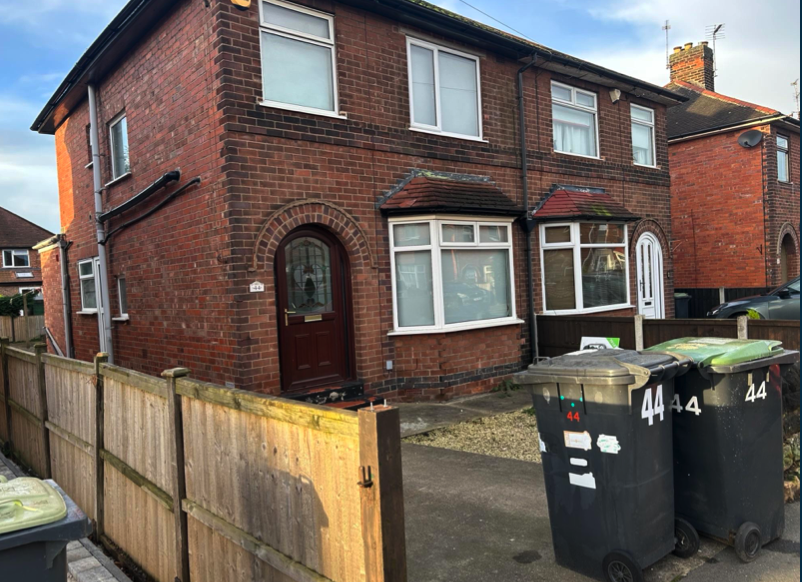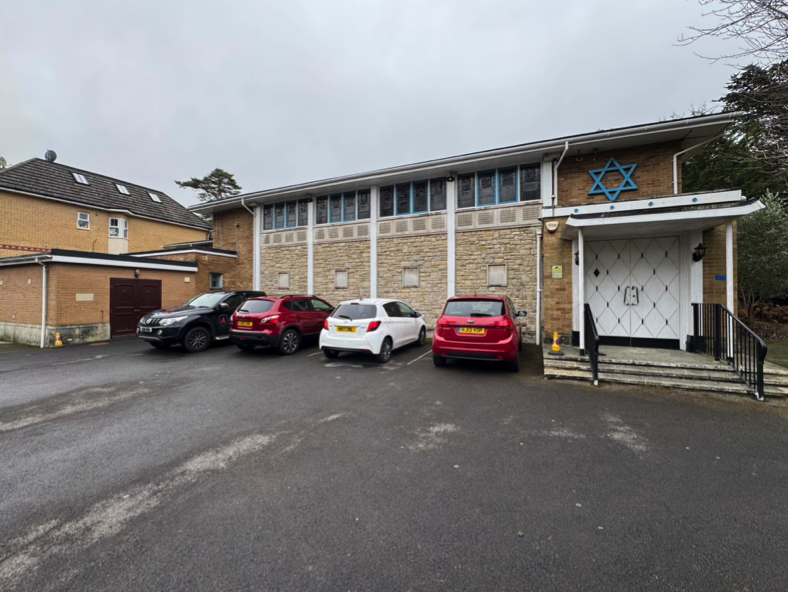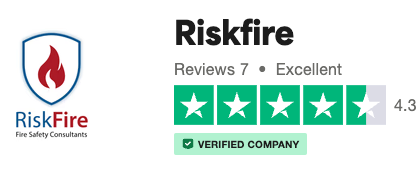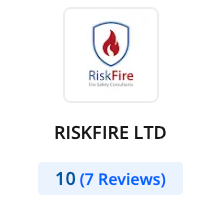Everything You Need to Know About Fire Door Regulations in the UK
When it comes to safeguarding properties, the importance of fire doors cannot be overstated. Whether you are a property owner, landlord, building manager, or construction professional in the UK, understanding fire door regulations is crucial. These doors serve as the first line of defence against the devastating effects of fire, protecting both lives and property. With regulations continually evolving, staying updated is not just a legal requirement but a moral duty. In this guide, we'll delve into everything you need to know about fire door regulations in the UK, ensuring you're well-equipped to meet compliance standards and enhance building safety.
Are you confident that your building's fire doors are up to scratch, or could there be hidden risks waiting to be uncovered?
Key Takeaways
- Fire doors are essential barriers against fire and smoke, providing vital escape routes
- UK regulations dictate specific requirements for fire door materials, construction, and placement
- Compliance with fire door standards involves regular inspections and maintenance
- Residential buildings have unique fire door requirements, especially in shared areas
- Understanding the 2022 Fire Door Regulations ensures both safety and legal compliance
Role of Fire Doors
Fire doors play a pivotal role in fire safety, acting as barriers that prevent the spread of fire and smoke. By compartmentalising a building, they provide crucial escape routes during emergencies, allowing occupants to evacuate safely. This containment not only protects lives but also limits property damage, offering a significant line of defence in fire safety measures.
Fire doors are integral to passive fire protection. Unlike active fire protection systems such as sprinklers, which require activation, fire doors are always at the ready, silently standing guard. They maintain their integrity under extreme heat, which is essential in buying time for evacuations and fire service interventions. Proper installation and maintenance of these doors enhance the overall safety of any building, ensuring that fire and smoke are contained, thus reducing potential hazards.
In addition to physical barriers, fire doors come equipped with features designed to bolster their effectiveness. For example, many modern fire doors include intumescent seals that expand when exposed to heat, sealing gaps and preventing smoke infiltration.
These seals are crucial in maintaining a safe environment, as smoke inhalation is a leading cause of fire-related fatalities. By understanding and implementing these safety measures, you significantly improve the protection of both people and property.
Furthermore, the structural integrity of a fire door underpins its ability to perform its role during a fire. The materials and design standards specified in fire door regulations ensure that these doors can withstand high temperatures for a specified period. This delay is critical, as it provides additional time for emergency services to arrive and tackle the blaze, potentially saving lives and minimising property damage.
Ultimately, the role of fire doors in a building is akin to that of a silent sentinel. They may not be the most glamorous feature of a property, but their presence is indispensable. Ensuring that these doors are properly installed and maintained is non-negotiable for anyone responsible for building safety.
Fire Door Regulations
Navigating the complexities of UK fire door regulations can seem daunting, but it's essential for compliance and safety. These regulations specify the required materials and construction standards for fire doors, ensuring they can withstand fire and smoke. The materials used must meet strict criteria to ensure that the door performs its intended function effectively.
Building codes in the UK mandate the installation of fire doors in specific locations within properties. Typically, you'll find fire doors in areas where there's a higher risk of fire spread, such as stairwells, corridors, and between different sections of a building. These placements are strategically chosen to maximise safety and provide safe passage for occupants in the event of a fire.
Another critical aspect of fire door regulations is the requirement for clear signage. All fire doors must have signs indicating their purpose and restrictions, such as keeping the door closed. This signage is not just a legal requirement but also a practical one, ensuring that occupants and visitors are aware of the door's function and the necessity of keeping it unobstructed.
Fire doors are also required to meet specific fire resistance ratings, which indicate how long the door can withstand fire exposure before losing its integrity. These ratings are crucial in ensuring that the door provides adequate protection, and they're determined through rigorous testing. Property owners and managers must be aware of these ratings and ensure that their doors meet or exceed the required standards.
With regulations constantly being updated, property owners must stay informed of any changes to fire safety laws. Regularly reviewing these updates ensures compliance and enhances safety. Ignorance of these changes can lead to non-compliance, resulting in potential legal repercussions and, more importantly, increased safety risks.
Compliance Requirements
Meeting fire door compliance requirements is a shared responsibility among landlords, building managers, and construction professionals. Each party plays a critical role in ensuring that fire doors are installed, maintained, and inspected according to legal standards. Compliance is not just about ticking boxes; it's about creating a safe environment for occupants.
Landlords, for instance, must ensure that fire doors are installed where required by law. This includes identifying areas within a building that necessitate fire doors, such as between different occupancy zones or in high-risk areas like kitchens. Proper installation is crucial, as an improperly fitted fire door can compromise its effectiveness.
Building managers are responsible for the regular inspection of fire doors. These inspections are vital in identifying any wear and tear or damage that could affect the door's performance. Regular checks should include examining the door's alignment, closure mechanisms, and seals. Any issues identified during inspections must be addressed promptly to maintain compliance and safety.
Construction professionals also have a significant role in compliance. They must adhere to regulations during the installation of fire doors, ensuring that all components meet the required standards. This includes using the correct materials, following installation guidelines, and verifying that the door meets the specified fire resistance ratings.
Compliance extends beyond installation and inspections; it also involves maintaining proper documentation. Keeping detailed records of inspections, repairs, and maintenance activities is crucial for proving compliance during audits. These records also help identify recurring issues that may need further attention.
Tenants, too, have a part to play in maintaining fire door compliance. They should report any issues with fire doors to property owners or managers immediately. This proactive approach ensures that problems are addressed quickly, reducing the risk of non-compliance and enhancing overall safety.
Fire Safety in Residential Buildings
In residential buildings, fire safety is a top priority, and fire doors play a crucial role in protecting occupants. Shared corridors, stairwells, and entrances to flats are common areas where fire doors are required. These doors serve as barriers that prevent the spread of fire and smoke, providing safe escape routes for residents.
Fire doors should also separate living spaces from areas with higher fire risks, such as garages and kitchens. These separations are essential in reducing the risk of fire spreading from these high-risk zones to living areas, thereby protecting lives and property. Property owners must ensure that these doors are installed and maintained according to regulations.
Educating residents about the importance of fire doors is another crucial aspect of fire safety in residential buildings. Residents should understand the role these doors play in safety and why it's vital to keep them unobstructed and closed. Awareness campaigns and informational materials can help reinforce this understanding, promoting a culture of safety within the building.
Regular fire drills are an excellent opportunity to check fire door accessibility and functionality. During these drills, building managers can assess whether fire doors are operating correctly and whether residents understand the evacuation procedures. These drills not only ensure compliance but also enhance overall preparedness in the event of a fire.
In addition to fire doors, smoke alarms are indispensable fire safety measures in residential buildings. These alarms work in tandem with fire doors to provide early warnings and ensure safe evacuation. Property owners should regularly test smoke alarms and replace batteries as needed, ensuring they are always in working order.
Fire Door Inspections
Regular fire door inspections are a critical component of building safety, as they help prevent potential hazards. These inspections involve checking the door's physical condition, ensuring that frames, seals, and hinges are intact and functioning correctly. Any damage or wear could compromise the door's ability to contain fire and smoke, making timely inspections essential.
Inspectors must also assess the door's alignment and closure mechanism. A fire door that doesn't close properly can't provide the necessary protection during a fire. Ensuring that doors align correctly with their frames and that closure mechanisms work smoothly is vital for maintaining their effectiveness.
Inspection reports should document any necessary repairs or replacements. These reports are crucial for keeping track of maintenance needs and proving compliance with regulations. Detailed records provide a clear history of the door's condition and any actions taken to address issues, which is invaluable during audits.
Building managers should schedule routine inspections to ensure ongoing compliance. These inspections should be conducted by trained professionals who understand the specific requirements of fire doors. Regular checks help identify and address issues before they become significant problems, enhancing overall safety.
In addition to professional inspections, building occupants should be encouraged to report any visible damage or operational issues with fire doors. This proactive approach ensures that problems are addressed promptly, reducing the risk of non-compliance and enhancing safety for everyone in the building.
Maintenance of Fire Doors
Maintaining fire doors is integral to their performance and compliance with safety regulations. Regular maintenance includes checking seals, hinges, and door closers to ensure they function correctly. These components are crucial for the door's ability to contain fire and smoke, so any wear and tear must be addressed promptly.
Regular cleaning of fire doors prevents build-up that could hinder their performance. Dust, dirt, and debris can affect the door's seals and hinges, compromising its ability to close properly. Keeping the door clean and free from obstructions is a simple yet effective way to maintain its functionality.
Property owners should promptly repair any damage to fire doors. This includes addressing issues like warped frames, damaged seals, or malfunctioning closure mechanisms. Ignoring these problems can lead to non-compliance with safety regulations and increased risks during a fire.
Keeping detailed maintenance records is essential for tracking compliance and identifying recurring issues. These records provide a history of the door's condition and any repairs made, which is invaluable for audits and inspections. They also help identify patterns that may indicate more significant problems requiring attention.
Tenants should report any maintenance concerns to building management immediately. Prompt reporting ensures that issues are addressed quickly, reducing the risk of non-compliance and enhancing safety. A collaborative approach to maintenance between tenants and property managers promotes a safer environment for everyone.
Glass panels in fire doors must also be fire-resistant. These panels allow visibility while still providing the necessary protection against fire and smoke. Ensuring that glass components meet fire safety standards is crucial for maintaining overall door performance.
Fire doors often include smoke seals to prevent smoke infiltration. These seals work in tandem with intumescent seals to create a barrier against smoke, enhancing the door's protective capabilities. Regular checks of these seals are essential to ensure they remain effective.
Compliance with safety features is vital for maximising protection. Property managers should regularly inspect and maintain these features to ensure they meet regulatory standards. Properly functioning safety features are essential for the door's ability to protect lives and property during a fire.
Protection and Safety Features
Fire doors come equipped with a range of protection and safety features designed to enhance their effectiveness. Intumescent seals are one such feature, expanding when exposed to heat to seal gaps and prevent smoke infiltration. These seals are crucial in maintaining a safe environment, as they help contain smoke, which is a leading cause of fire-related injuries.
Automatic closing mechanisms are another vital safety feature of fire doors. These mechanisms ensure that doors close automatically, even if left open by occupants. This automatic closure is essential in maintaining the door's integrity and effectiveness during a fire.
Understanding the Regulations 2022
The 2022 fire door regulations introduced stricter performance standards, emphasising the importance of regular maintenance and inspections. These new rules ensure that fire doors provide optimal protection, reflecting advancements in fire safety technology and understanding. Staying informed about these regulations is essential for property owners and managers.
The updated guidelines provide clear requirements for fire door installations, specifying materials, construction standards, and placement. These guidelines help ensure that fire doors are installed correctly and function effectively in containing fire and smoke. Understanding these requirements is crucial for compliance and safety.
Building managers must stay informed on changes to safety regulations, as non-compliance can lead to legal repercussions and increased safety risks. Regularly reviewing updates and seeking professional advice when needed can help ensure ongoing compliance with the latest standards.
Understanding these regulations ensures property safety and legal compliance. By familiarising yourself with the 2022 updates, you can confidently manage fire door installations and maintenance, knowing that you're meeting the highest safety standards. This proactive approach not only enhances safety but also provides peace of mind for property owners and occupants alike.
In conclusion, fire door regulations in the UK are comprehensive and continually evolving to enhance safety. By understanding and adhering to these regulations, you can protect both lives and property, ensuring that your building is as safe as possible. So, are your fire doors up to the mark, or is it time for a closer look?
FAQs
What are the legal requirements for a fire door?
Fire doors in the UK must meet certain standards to ensure safety during a fire. They should be able to resist fire for a specified period, have the correct signage, and be installed by a competent person. Regular maintenance and checks are also necessary to ensure they function properly.
What are the new fire door regulations for 2024?
The new fire door regulations came into effect in 2024 and require all fire doors to have third-party certification to ensure they meet the necessary safety standards. This certification provides assurance that the fire doors have been tested and approved by an accredited body.
What are the NFPA specifications for fire doors?
The National Fire Protection Association (NFPA) outlines specifications for fire doors to ensure they provide adequate protection during a fire. These specifications cover factors such as material, size, installation, and maintenance requirements to ensure that fire doors can effectively contain and prevent the spread of fire.
What are the rules for fire door access?
Access to fire doors should always be kept clear and unobstructed to ensure they can be easily opened in case of an emergency. It is important to ensure that fire doors are not propped open or blocked by furniture or other items, as this can compromise their ability to provide protection in the event of a fire. Regular checks should be carried out to ensure that fire doors are functioning correctly and can be easily opened when needed.
Contact us below and get your free quote!
We will get back to you as soon as possible.
Please try again later.
Our Accreditation's
RiskFire provides excellent, industry leading services with key accreditation's to certify our work and ensure you're receiving the best possible surveys for your buildings.


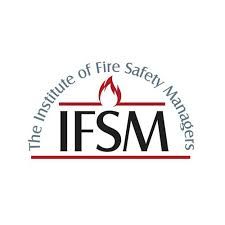


Contact Us!
Protect your building with RiskFire's professional fire stopping services. Whether you're seeking passive fire protection companies or experienced firestopping contractors, our team is ready to assist. Contact us today to schedule a consultation or learn more about our services.
Inspection Services
Contact Information
Repton House
Bretby Business Park,
Ashby Rd, Newhall,
Burton-on-Trent DE15 0YZ
Installation Services
Company
All Rights Reserved | Risk Fire Ltd
